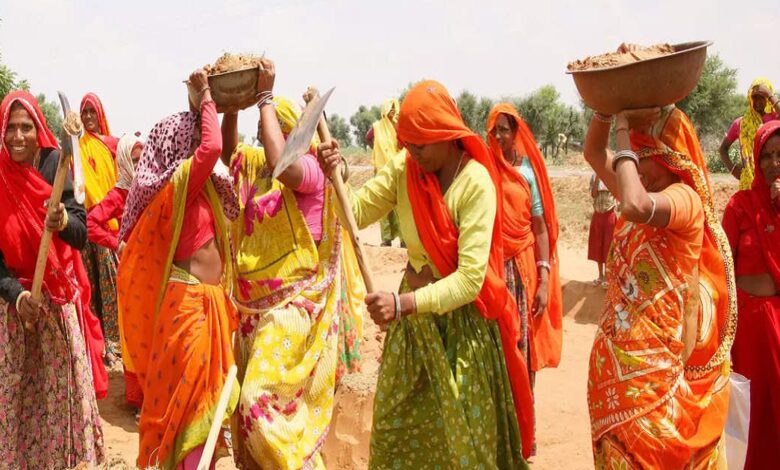MGNREGS: Tamil Nadu, Bihar — two strange stories from book of job

Tamil Nadu and Bihar are a study in contrast, admit senior government officials and experts. Over the past five years, Tamil Nadu accounted for 10-15.3% of the country’s annual work demand submitted by individuals, under the Mahatma Gandhi National Rural Employment Guarantee Scheme (MGNREGS), while Bihar made up just 4-5.7%, according to the rural development ministry data.
As for the person-days generated under the scheme, Tamil Nadu’s annual share has been in the range of 8.6% to 13.1% over the past five years, while Bihar’s remained in the 5-8% range.
The expenditure under the scheme was 7.6-12.7% of the national level in Tamil Nadu, against 5-7.5% in Bihar.
Southern states like Andhra Pradesh, Karnataka and Kerala have been cornering a larger share of MGNREGS funds than other states with similar population or workforce for some years now despite being more progressive, central and state government officials conceded.
Reasons for Disparity
But the disparity between Tamil Nadu and Bihar is the most discernible.
“These two states are true outliers in the MGNREGS scheme of things,” one of them told ET.
Officials and some experts cite two likely factors for this disparity: a more efficient administrative set-up as well as higher participation of women in MGNREGS work in Tamil Nadu.

Another official said more than 80% of active MGNREGS workers in Tamil Nadu are women, while it’s about 54% in Bihar.
“This suggests that in Tamil Nadu, the scheme is probably being used to supplement family income in many cases, while in Bihar, it’s primarily being tapped to address rural distress or poverty alleviation,” he said.
Suspecting possible fund diversion under the MGNREGS, finance ministry officials had earlier called for plugging leakages, especially at the state level.

The contrast becomes all the more pronounced when the gross domestic product and population of both the states are compared. Tamil Nadu accounted for 8.7-9.2% of the country’s nominal GDP annually over the past five years, while Bihar’s remained at just about 3%.
According to the 2011 census, Bihar’s population, however, is 44% higher than that of Tamil Nadu, which means its workforce is no smaller than the southern state.
Source link




